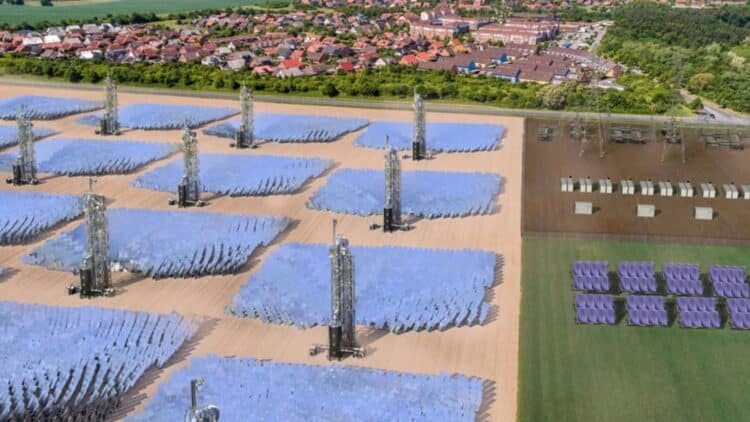If robots can solve one of Earth’s biggest problems, it seems that the 1839 myth has come true. It was the French physicist, Alexandre-Edmond Becquerel, who considered the photovoltaic effect which would become the core premise for modern day solar energy. What started off as curiosity would solve one of the biggest hurdles to date which is that of climate change. To remedy the climate problem, robots are needed. A team at MIT university has considered Charge Robotics as the core focus to transform science fiction and promote cleaner energy generation whilst keeping the 1839 myth of solar energy in mind.
Solar energy focus with a robotic twist
Solar panels offer clean energy solutions that are cheaper than ever, but require much time in terms of installing these solar panels. Charge Robotics were discovered by MIT graduates (Max Justicz and Banks Hunter). The startup by the duo has created portable robotic factories set to automate the most complicated aspect of solar installation.
Solar bays refer to a 40-foot-long section of solar infrastructure that are delivered via autonomous vehicles to the final placement on big solar farms. Every bay weighs more or less 800 pounds inclusive of panels, steel mounting structures, and other tracking systems. Streamlining the installation process of solar panels surely is the sole focus of this startup.
Expanding the myth from 1839
As per Alexandre-Edmond Becquerel theory on the photovoltaic effect developed in 1839, sunlights’ transformation into electricity was certainly a breakthrough that can still be defined as the modern-day electricity solution. The breakthrough, as solid as it seemed, was impractical and would require a centuary to ensure that commercial solar cells could become cost-effectively produced at scale.
From 2024, solar power gained more dominance. Yet solar farms cannot be developed fast enough to meet global energy needs. The MIT team is thus attempting to solve this very problem by looking towards Charge Robotics.
While speeding up the construction process, Charge Robotics seek to make solar solutions far more affordable as well as adaptable. Advanced computer vision could result in solar panels that are installed faster and guarantees better working conditions.
The core promise of Charge Robotics
The concept of Charge Robotics did not begin with intense funding. The idea put forward by Hunter and Justicz looking at the manual assembling process of solar components in their backyards. The visit to the Mojave Desert saw the MIT duo looking at workers putting together many panels and made the problem associated with solar panel installation crystal clear.
Ensuring enough solar panels were produced in a short span of time was far from possible. Field tests alongside work done with SOLV Energy, a large U.S. solar installer, saw the pair raising a startling $22 million to ensure commercial rollout. Machines were fine tuned and 3D printing parts were developed so as to overcome any setbacks in terms of commercialization of the solar solution and since solar panels are being created to do more than generate power, the solution may be the best seen in history.
Commercial solar panels- finally a reality
While the idea of robots taking over is commonly associated with fear due to it leading to job reduction, the MIT duo are merely trying to fill a gap and ensure that more solar panels can be installed easily. Despite laborers working on panel installation, labor shortages have resulted in solar panel projects being slowed down.
The introduction of robots are meant to assist and evolve jobs as opposed to eliminating jobs entirely. While the 1839 theory put forward by the French physist has evolved entirely from a focus on solar power to robots installing solar power systems, the pathway to harness the sun’s energy is clear.
Although solar panels across the globe was said to be at risk as a phenomenon from space could destroy them, what the MIT duo has done is given us hope that perhaps solar panls are here to stay as more solar panels come can be installed more easily.
Disclaimer: Our coverage of events affecting companies is purely informative and descriptive. Under no circumstances does it seek to promote an opinion or create a trend, nor can it be taken as investment advice or a recommendation of any kind.


